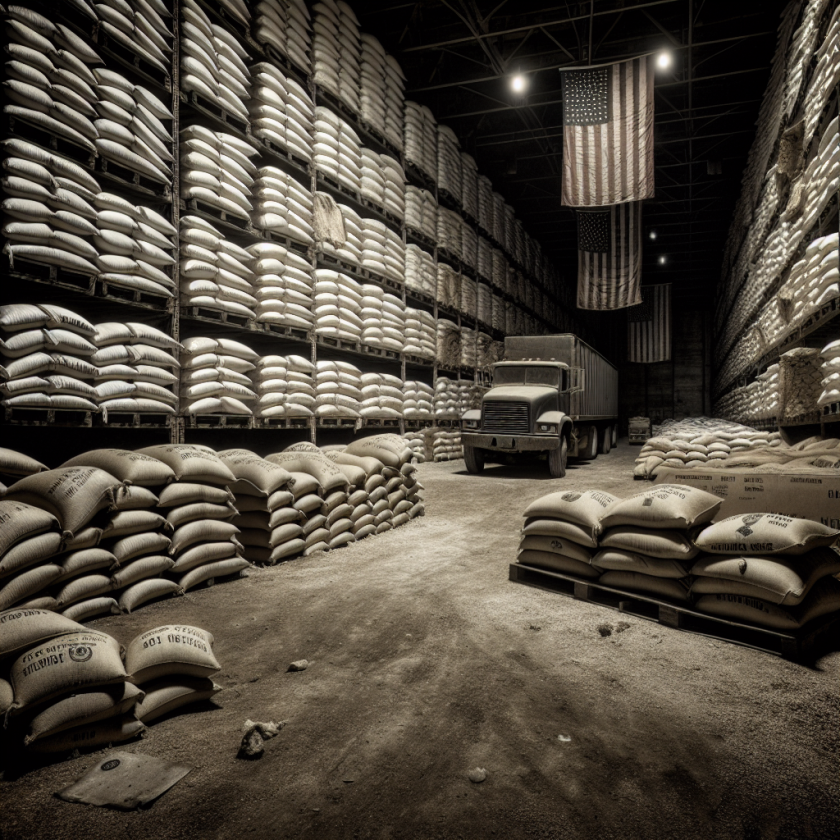Opium Cultivation Flourishes Amidst Myanmar’s Conflict Zones
Opium Cultivation Flourishes Amidst Myanmar’s Conflict Zones
Background
Myanmar, a country long plagued by internal conflict, is witnessing a surge in opium cultivation. This development is intricately linked to the ongoing unrest and instability in the region, which has created a fertile ground for the opium trade to thrive.
Key Drivers of Opium Cultivation
- Political Instability: The ongoing conflict between the military and ethnic armed groups has disrupted governance, allowing illegal activities to flourish.
- Economic Hardship: With limited economic opportunities, many farmers turn to opium cultivation as a lucrative alternative.
- Lack of Law Enforcement: The absence of effective law enforcement in conflict zones enables the unchecked growth of opium poppy fields.
Impact on Local Communities
The rise in opium cultivation has significant implications for local communities:
- Economic Dependency: Many communities become economically dependent on the opium trade, making it difficult to transition to other forms of livelihood.
- Social Issues: The opium trade often brings with it social problems, including addiction and crime.
- Environmental Degradation: The cultivation process can lead to deforestation and soil degradation, impacting the local environment.
International Concerns
The increase in opium production in Myanmar has drawn international attention due to its potential impact on global drug markets. There are concerns about:
- Drug Trafficking: The potential for increased trafficking routes that could affect neighboring countries and beyond.
- Regional Stability: The opium trade could further destabilize the region, complicating peace efforts.
Conclusion
The flourishing opium cultivation in Myanmar’s conflict zones is a multifaceted issue driven by political, economic, and social factors. It poses significant challenges not only to local communities but also to regional and international stability. Addressing this issue requires a comprehensive approach that includes conflict resolution, economic development, and effective law enforcement.








































